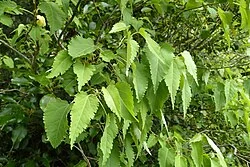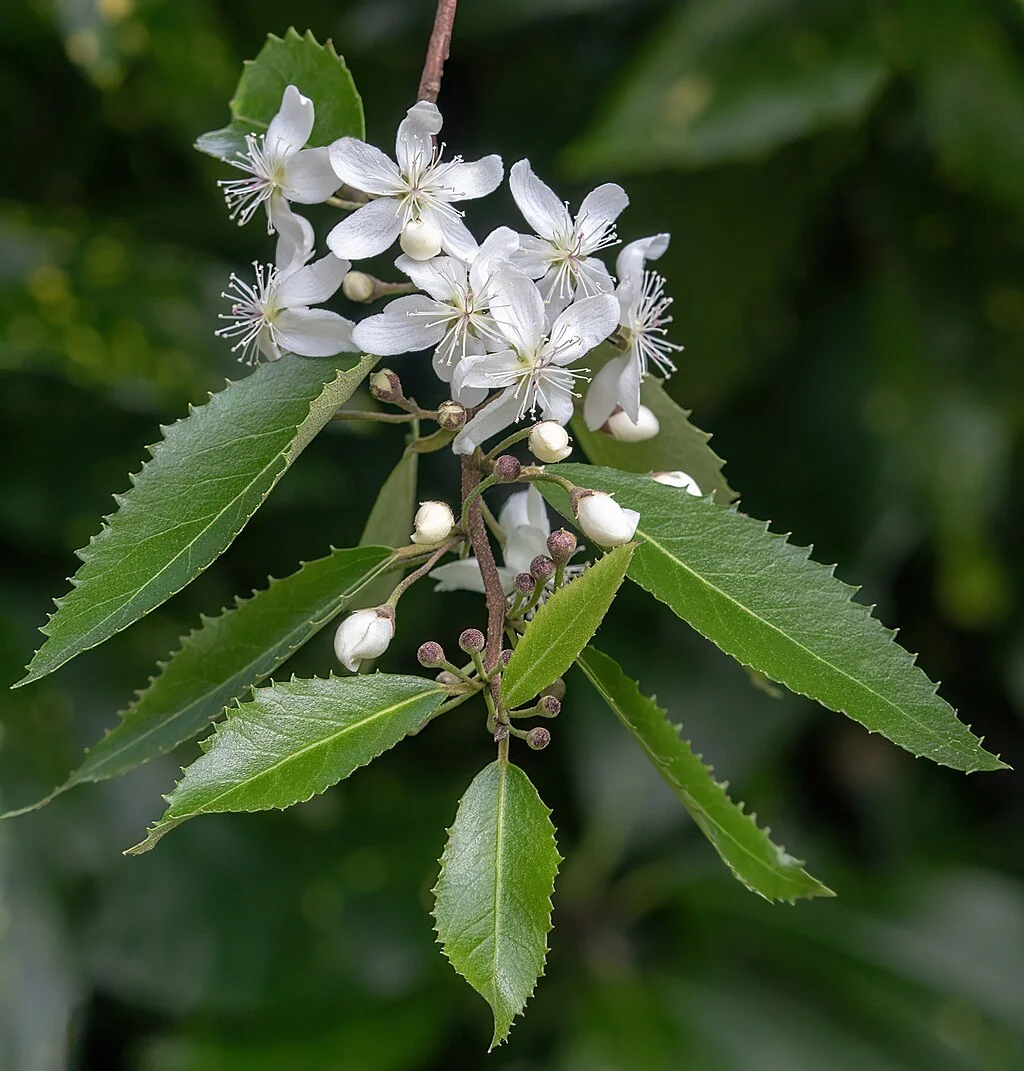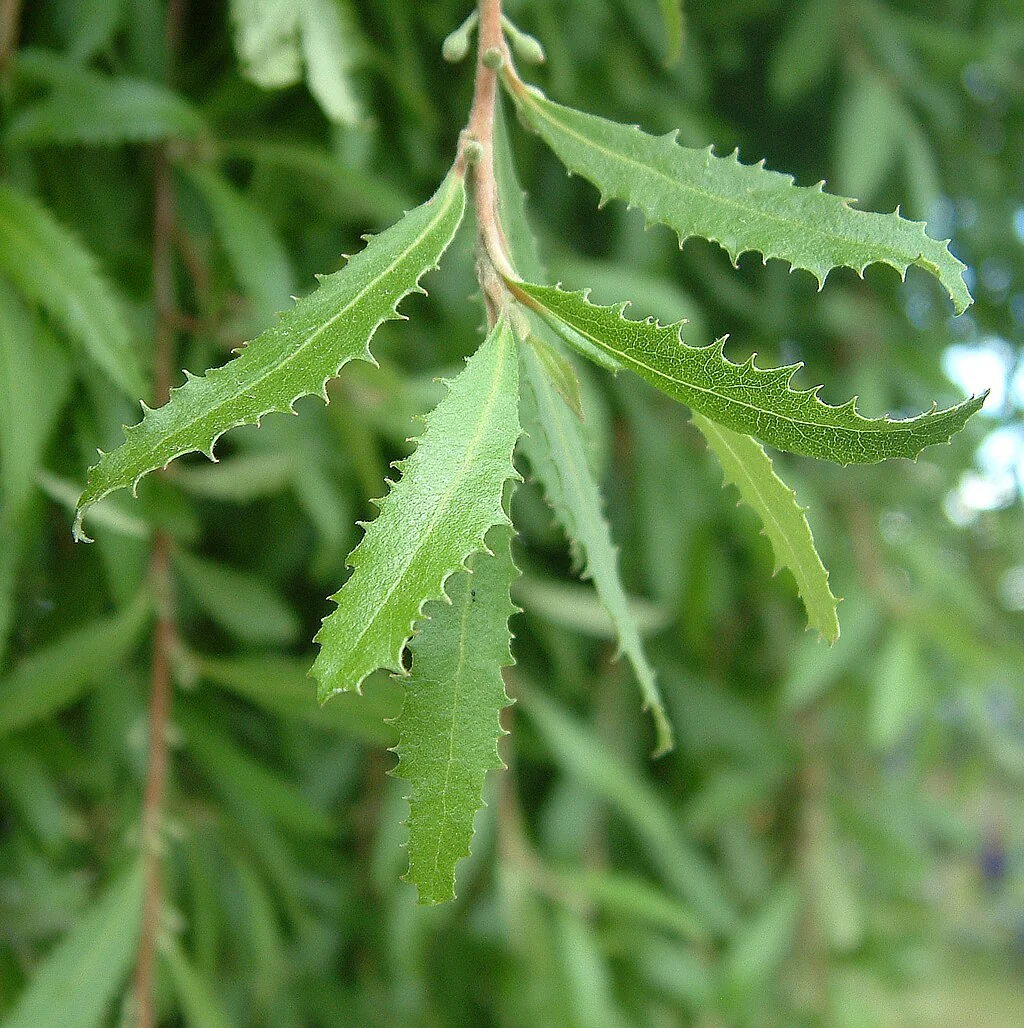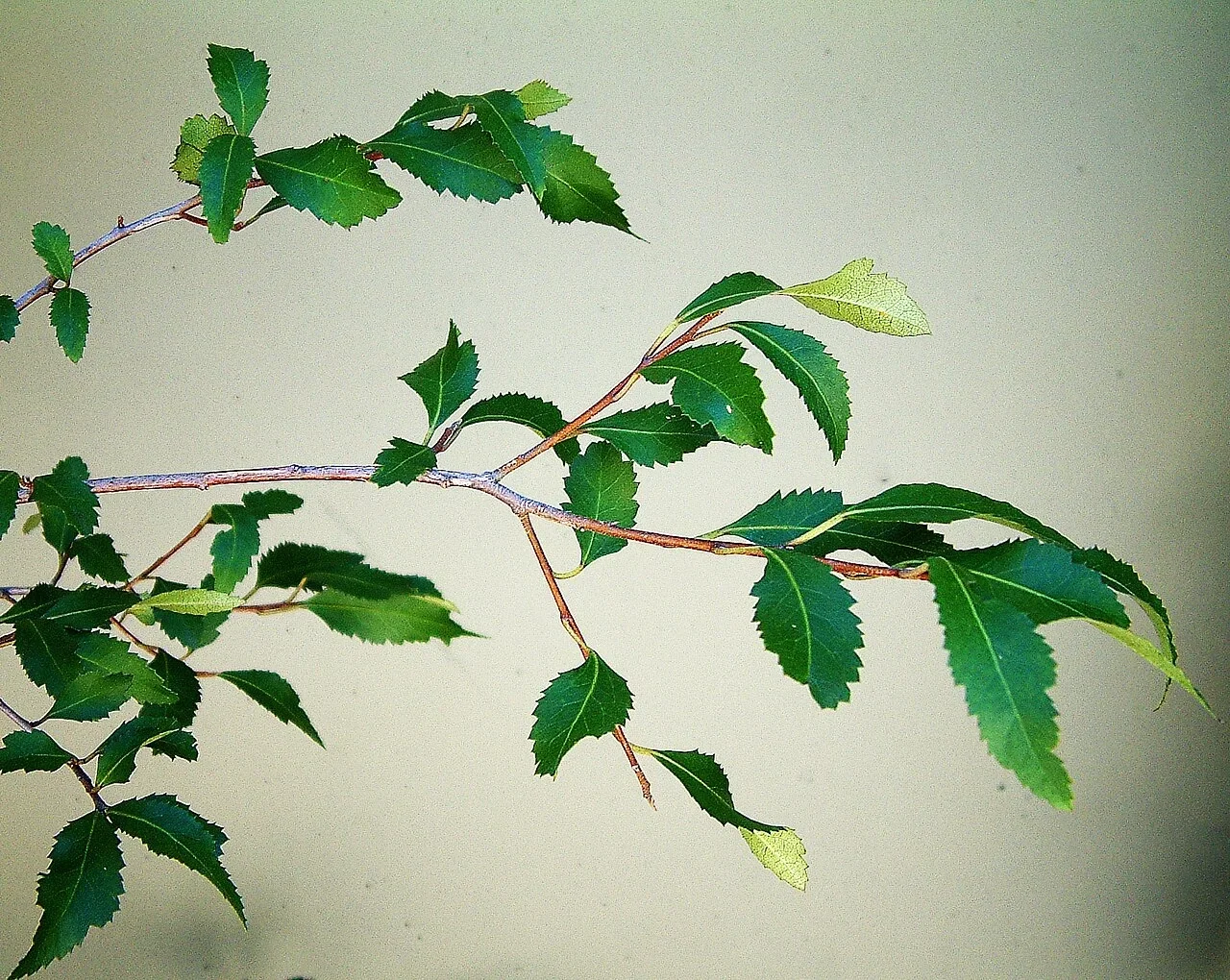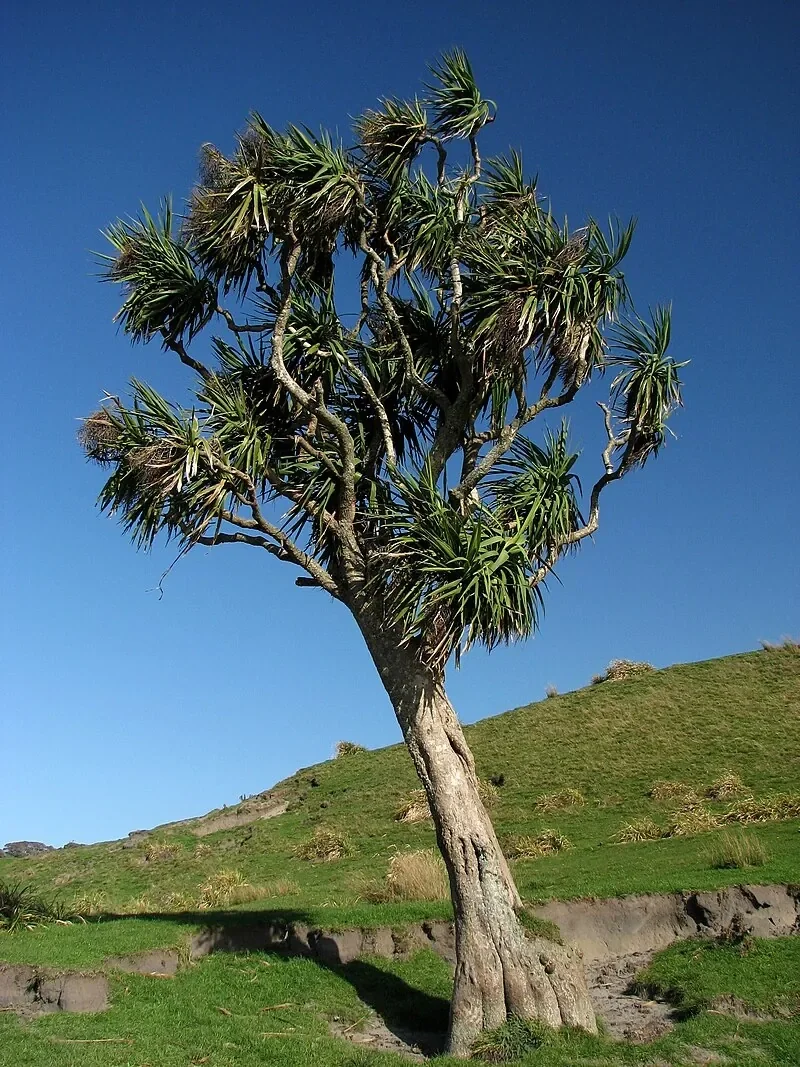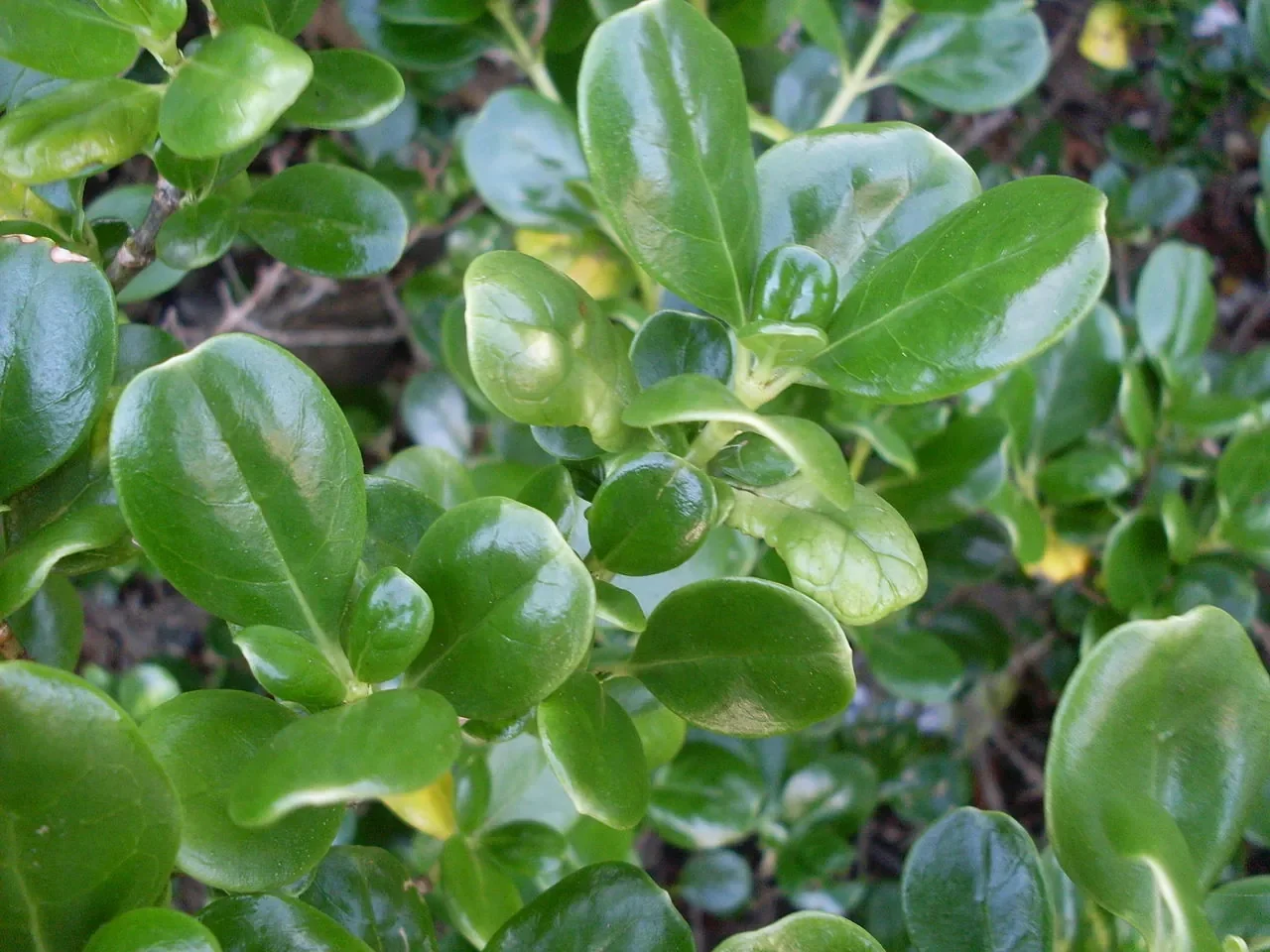
Barrier Island Kānuka
Kunzea sinclairii
This native plant, known as Barrier Island Kānuka (scientific name: Kunzea sinclairii), is a distinctive flowering shrub endemic to New Zealand, found exclusively on Great Barrier Island (Aotea Island). It is characterized by its unique silvery-grey foliage, sprawling growth habit, and ecological significance within its restricted habitat. This comprehensive guide provides detailed information on its care, propagation, and importance within the New Zealand ecosystem. Understanding this plant contributes to the appreciation of our rich biodiversity and heritage. native shrubs

Plant Description
Kunzea sinclairii typically grows as a sprawling, silvery-grey shrub, reaching up to 3 meters in diameter and 1 meter in height. In rare instances, it can form small trees up to 6 meters tall. Its branches are widely spreading, often trailing, and have the ability to root upon contact with soil or rock, contributing to its sprawling habit. The bark is distinctive, being dark brown to grey-brown, coarsely stringy to tessellated, and notably corky-coriaceous.
A key identifying feature of Kunzea sinclairii is its silvery-grey leaves, which are densely covered in soft, silky hairs. These leaves are broad, measuring between 5.6-20.6 mm long and 2.0-4.5 mm wide, with an acute apex and an attenuate base. Young leaves are initially silvery-white, gradually maturing to silvery-grey or reddish-grey as some of the hairs are shed. The plant produces clusters of small, white flowers with striking red centers, arranged in dense corymbiform racemes. These flowers are typically 5.7-10.2 mm in diameter, with petals that are rarely flushed pink at the base. Following flowering, the plant develops a dry, greyish, hairy capsule as its fruit, measuring 2.2-3.6 mm long and 2.7-3.9 mm wide.
Quick Facts
| Scientific Name | Kunzea sinclairii |
|---|---|
| Common Name | Barrier Island Kānuka |
| Conservation Status | Threatened - Nationally Critical |
| Height | Up to 1m (rarely 6m as small tree) |
| Spread | Up to 3m |
| Water Needs | Low to Moderate |
| Light | Full sun |
| Frost Tolerance | Low (prefers frost-free coastal) |
| Salt Tolerance | High |
| Growth Rate | Medium |
| Lifespan | Medium |
| Flowering Season | Summer |
| Habitat | Rocky rhyolitic outcrops, cliffs, gorges |
Climate Best Suited to
Barrier Island Kānuka (Kunzea sinclairii) is uniquely adapted to the maritime climate of Great Barrier Island (Aotea Island), its sole natural habitat. This climate is characterized by mild temperatures, high humidity, and significant exposure to coastal winds and salt spray. The plant thrives in these conditions, particularly on rocky rhyolitic outcrops, cliffs, and gorges, where it establishes itself in fissures and skeletal soils. Its preference for these harsh, exposed environments suggests a high tolerance for salt-laden winds and well-drained, nutrient-poor soils. It is best suited to frost-free or very lightly frosted coastal environments, mirroring its native island home.
Regional Suitability
| City | Climate Suitability |
|---|---|
| Whangārei | Ideal |
| Auckland | Ideal |
| Hamilton | Moderate |
| Tauranga | Ideal |
| Rotorua | Moderate |
| Gisborne | Ideal |
| New Plymouth | Ideal |
| Napier | Ideal |
| Whanganui | Moderate |
| Palmerston North | Moderate |
| Wellington | Moderate |
| Nelson | Moderate |
| Christchurch | Unsuitable |
| Dunedin | Unsuitable |
| Invercargill | Unsuitable |
Plant Habitat
Kunzea sinclairii is an obligate specialist, found exclusively on Great Barrier Island (Aotea Island) in New Zealand. Its habitat is highly specific, primarily consisting of rocky rhyolitic outcrops, cliffs, and gorges. It rarely establishes itself in well-developed soils, instead preferring to root in fissures within rock outcrops and the associated skeletal soils that offer minimal competition from other plant species. This adaptation to harsh, exposed, and nutrient-poor environments highlights its resilience and unique ecological niche within the island's flora. Its presence is a key indicator of these specific geological formations on Great Barrier Island.
Plant Conservation
The conservation status of Kunzea sinclairii is classified as "Threatened - Nationally Critical" under the New Zealand Threat Classification Series. This designation reflects its extreme rarity and vulnerability, primarily due to its very small area of occupancy, being restricted solely to Great Barrier Island. A significant threat to its survival is myrtle rust (caused by the pathogen Austropuccinia psidii), which can severely impact Myrtaceae species. While past kauri logging and associated burning temporarily expanded its range by creating open, disturbed habitats, natural regeneration is now leading to taller forests, causing a decline in these areas. Conservation efforts are crucial and focus on protecting its specific rocky habitats, managing invasive species, and monitoring for the spread of myrtle rust to ensure the long-term survival of this unique kānuka species.
Growing Requirements
Soil Requirements
Given its natural habitat in coastal forest and scrub on offshore islands, Kunzea sinclairii likely prefers well-drained soils. These island environments often feature soils that are sandy or rocky, with good aeration. While specific pH requirements are not detailed, coastal plants often tolerate a range of soil conditions, but good drainage is paramount to prevent root rot, especially in humid environments.
- Prefers very well-drained, even rocky or gravelly soils
- Tolerates nutrient-poor conditions
- Requires excellent drainage; susceptible to root rot in heavy, wet soils
- Adaptable to a range of pH, but often found in slightly acidic conditions
Light Requirements
In its natural habitat on exposed cliffs and outcrops, Kunzea sinclairii receives full sun. It is a sun-loving species that requires ample light for optimal growth and flowering. While it might tolerate very light partial shade, full sun exposure is ideal to maintain its compact, silvery-grey form and encourage abundant blooms.
- Requires full sun for best growth and flowering
- At least 6-8 hours of direct sunlight daily is ideal
- Tolerates exposed, sunny conditions typical of coastal cliffs
- Avoid heavily shaded locations
Water Requirements
Kunzea sinclairii is adapted to the often dry conditions of rocky outcrops and is highly drought-tolerant once established. During its establishment phase, consistent but infrequent watering is necessary to encourage deep root development. Mature plants require minimal supplemental watering, relying on natural rainfall. Overwatering, especially in poorly drained soils, can quickly lead to root rot.
- Drought-tolerant once established
- Moderate watering during establishment (first 1-2 years)
- Avoid overwatering; prefers drier conditions
- Good drainage is more critical than frequent watering
Planting Guide
Planting Kunzea sinclairii successfully involves replicating its natural, harsh, and well-drained environment. Choose a site with full sun exposure and excellent drainage, such as a rock garden, a raised bed, or a slope. Ensure the soil is lean and gritty, avoiding rich, heavy soils that retain too much moisture. Protection from severe frosts is advisable, especially for young plants, as it naturally occurs in a mild coastal climate.
When planting, dig a hole that is wider than the root ball but not significantly deeper. Gently remove the plant from its container, being careful not to disturb the roots too much. Place the plant in the hole so that the top of the root ball is level with or slightly above the surrounding soil to enhance drainage. Backfill with a gritty, free-draining mix, firming gently to remove air pockets. Water thoroughly after planting to settle the soil around the roots. For the first few months, water regularly during dry periods to help establish the root system, then reduce frequency as the plant matures.
Consider planting in groups to create a naturalistic effect, especially in larger rockeries or coastal gardens. Its sprawling habit makes it an excellent groundcover or specimen plant for challenging, exposed sites. Mulching with gravel or small stones can help suppress weeds and reflect heat, mimicking its natural rocky habitat. Avoid organic mulches that retain too much moisture around the crown.
Proper site selection and soil preparation are paramount for the long-term health of Kunzea sinclairii. Given its rarity, successful cultivation contributes to ex-situ conservation efforts. Ensure good air circulation around the plant to minimize the risk of fungal diseases, particularly myrtle rust, which can be a significant threat to Kunzea species.
For optimal growth, consider the microclimate of your planting site. Areas with good air circulation and protection from strong, cold winds will benefit this species. While it is adapted to coastal conditions, extreme exposure to salt-laden gales can still be detrimental to young or establishing plants. Companion planting with other drought-tolerant native species can create a more stable and supportive environment, mimicking natural plant communities.
Regular observation of your plant is key to its success. Look for signs of stress, such as wilting, discolored leaves, or stunted growth, and adjust your care routine accordingly. Early detection of pests or diseases can prevent more serious problems. Remember that replicating its natural, albeit harsh, environment is the best approach to cultivating this unique and beautiful native plant. Additionally, providing some form of windbreak during its establishment phase can significantly reduce stress and promote healthier growth, especially in very exposed locations. Ensure that any windbreak allows for good air circulation to prevent humidity build-up, which can exacerbate fungal issues.
Common problems include root rot from overwatering or poor drainage, and susceptibility to myrtle rust. To mitigate these, ensure excellent drainage, avoid overhead watering, and provide good air circulation. If myrtle rust appears, remove affected parts and consider appropriate fungicides, though prevention is always best. Pests are generally not a major issue for established plants, but young plants may occasionally be targeted by aphids or scale insects, which can be managed with organic pest control methods. Always source plants from reputable nurseries to ensure they are healthy and free from diseases, and ideally, choose plants of local provenance to ensure they are well-adapted to your specific environmental conditions and to support local biodiversity. This plant's inherent resilience, honed by its challenging island environment, means it can thrive with minimal intervention once established, provided its basic needs for sun and drainage are met. Its role in ecological restoration projects is also significant, as it can help stabilize degraded coastal areas and provide habitat for native fauna. Its unique beauty and ecological importance make it a rewarding species for dedicated native plant enthusiasts.
Ecological Role
As an endemic and nationally critical species, Kunzea sinclairii plays a unique and vital ecological role within the specific rhyolitic rock ecosystems of Great Barrier Island. Its presence contributes to the biodiversity and structural integrity of these harsh environments, often being one of the few species capable of thriving in such conditions. Its white flowers, which bloom in summer, provide a valuable nectar source for native insects, including bees and other pollinators, supporting the island's invertebrate fauna. While not explicitly detailed, its dense, sprawling growth habit likely provides shelter and microhabitats for small invertebrates and possibly lizards. Its role in stabilizing skeletal soils on cliffs and outcrops is also ecologically significant, helping to prevent erosion in these vulnerable areas.
Uses & Significance
Garden Uses
Due to its "Threatened - Nationally Critical" conservation status and highly specialized habitat requirements, Kunzea sinclairii is not typically cultivated in general gardens. Its primary value lies in its ecological role and its importance for biodiversity conservation on Great Barrier Island. However, for specialized native plant collections, botanical gardens, or very specific ecological restoration projects within its natural range, it could be considered. Its attractive silvery-grey foliage and white flowers make it a visually appealing plant for those dedicated to cultivating rare New Zealand flora in appropriate, well-drained, and sunny conditions.
- Highly specialized use in conservation and botanical collections
- Attractive silvery-grey foliage and white flowers
- Suitable for rock gardens or very well-drained, sunny coastal sites
- Not recommended for general landscaping due to rarity and specific needs
The genus Kunzea is widely known by the Māori name "kānuka," which refers to several species of native trees and shrubs. While specific cultural uses directly attributed to Kunzea sinclairii are not extensively documented due to its restricted and isolated habitat on Great Barrier Island, other kānuka species held significant cultural importance for Māori. Kānuka wood was traditionally used for tools, weapons, and construction due to its hardness and durability. The leaves and bark were also used in traditional Māori medicine (rongoā Māori) for various ailments. The broader cultural significance of kānuka as a pioneer species and a source of valuable resources would extend to Kunzea sinclairii within the context of Great Barrier Island's Māori heritage.
- Genus known by Māori name "kānuka"
- Other kānuka species used for fibrous bark (lashing, weaving, medicine)
Ecological Value
Ecologically, Kunzea sinclairii is a critical component of the unique and fragile ecosystems of Great Barrier Island's rhyolitic outcrops. It contributes significantly to the island's endemic flora and overall biodiversity. Its flowers provide nectar for native pollinators, and its ability to colonize harsh, rocky environments helps in stabilizing these areas and initiating ecological succession. As a nationally critical species, its ecological value is immense, representing a unique evolutionary lineage adapted to extreme conditions and contributing to the genetic diversity of New Zealand's Myrtaceae family.
- Provides nectar for native pollinators
- Stabilizes rocky soils and prevents erosion
- Contributes to the unique biodiversity of Great Barrier Island
- Important for the genetic diversity of New Zealand's flora
Landscaping Uses
Due to its "Threatened - Nationally Critical" conservation status and restricted natural range, Kunzea sinclairii is generally not recommended for typical landscaping projects. Its best use in a cultivated setting would be in specialized native plant gardens, rock gardens, or ecological restoration efforts that aim to replicate its natural, harsh, and well-drained coastal environment. It can be a striking specimen plant for enthusiasts of rare New Zealand flora, offering unique silvery foliage and delicate white flowers. Any landscaping application should prioritize its conservation and ensure that cultivation practices do not inadvertently impact wild populations or genetic integrity.
Seasonal Care Calendar
Spring
In spring, Kunzea sinclairii would typically begin its active growth phase, with new shoots and foliage emerging. This is an ideal time for light formative pruning to maintain shape and remove any dead or damaged branches. If propagating from cuttings, spring is a good time to take them as the plant enters a period of vigorous growth. Ensure adequate moisture for young plants establishing after winter.
- Active growth begins; new foliage emerges
- Light formative pruning to shape and remove dead wood
- Good time for taking semi-hardwood cuttings
- Monitor for early signs of pests or diseases
Summer
Summer is the primary flowering season for Kunzea sinclairii, when it produces abundant white flowers with red centers. This period is crucial for pollination. Established plants are drought-tolerant, but young plants may require occasional watering during prolonged dry spells. Avoid heavy pruning during flowering to maximize bloom display and avoid stressing the plant.
- Peak flowering season with abundant white blooms
- Ensure adequate water for young plants during dry periods
- Avoid heavy pruning during flowering
- Monitor for myrtle rust, especially in humid conditions
Autumn
During autumn, after flowering, the fruits (capsules) of Kunzea sinclairii would develop and mature. This is the optimal time for collecting seeds for propagation. General garden cleanup, such as removing fallen debris around the plant, can be done. Established plants require minimal care as they prepare for cooler temperatures.
- Fruit development and maturation; ideal for seed collection
- Minimal care required for established plants
- General cleanup around the plant
- Consider taking semi-hardwood cuttings
Winter
Winter is generally a period of reduced growth for Kunzea sinclairii. Minimal care is required. Given its coastal habitat, it prefers frost-free conditions, so protection from hard frosts may be necessary if cultivated in colder regions. Any major structural pruning, if required, is best undertaken during this dormant period before new spring growth.
- Reduced growth activity; dormant period
- Minimal care required
- Protect from hard frosts if in colder climates
- Suitable time for structural pruning
When to Prune and How Much
Kunzea sinclairii generally requires minimal pruning to maintain its natural sprawling form and health. Pruning should primarily focus on removing any dead, damaged, or diseased branches to promote plant vigor and prevent the spread of pathogens. Light formative pruning can be undertaken in early spring to encourage a denser habit and maintain its desired shape, especially if grown as a groundcover or low shrub.
- Remove dead, damaged, or diseased branches at any time of year
- Light formative pruning in early spring to maintain shape and density
- Avoid heavy pruning during flowering season (summer)
- Use clean, sharp tools to ensure clean cuts and minimize disease risk
- Can tolerate more significant rejuvenation pruning if needed, best done in late winter
Given its conservation status, any pruning in natural settings should be done with extreme care and ideally under expert guidance to avoid impacting wild populations. In cultivation, careful pruning can help manage its size and shape while maintaining its health and aesthetic appeal.
How to Grow Barrier Island Kānuka
From Seed
Propagating Kunzea sinclairii from seed presents unique challenges due to its island endemic status and specialized habitat requirements, but remains an important method for conservation and maintaining genetic diversity. The seeds are extremely fine, almost dust-like, and require precise handling techniques to avoid loss during processing. Seed collection timing is crucial - capsules should be gathered when fully mature in late autumn to early winter, typically from April to June, after the small white flowers have finished blooming and the woody capsules have begun to turn brown and split naturally. Fresh seed provides significantly better germination rates than stored seed, though viability can decline rapidly if not handled properly. To extract seeds, place collected capsules in paper bags and allow them to dry completely in a warm, well-ventilated area for 1-2 weeks. Gentle shaking or tapping will release the minute seeds, which should be sieved to remove chaff and debris. Due to their tiny size, seeds are best handled using a fine brush or static electricity from a plastic rod to transfer them to germination containers. Surface sowing is essential as the seeds require light for germination - scatter them thinly across a specialized seed-raising mix composed of equal parts sterilized peat moss, fine sand, and perlite to ensure excellent drainage. The growing medium should be pre-moistened and maintained at consistent moisture levels through fine misting, never allowing it to dry out completely but avoiding waterlogging which can cause fungal issues. Germination typically occurs at temperatures between 18-22°C with bright, filtered light, and can be highly erratic, taking anywhere from 2-8 weeks with some seeds remaining dormant for months. Seedlings are initially extremely small and vulnerable, requiring protection from direct sunlight and careful moisture management for their first growing season.
From Cuttings
Semi-hardwood cutting propagation offers the most reliable method for reproducing Kunzea sinclairii while preserving the exact characteristics of the parent plant, a particularly important consideration for this rare endemic species. Optimal timing for cutting collection is during late summer to early autumn when the current season's growth has begun to mature but still retains flexibility, typically from February to April in New Zealand conditions. Select healthy, vigorous shoots 8-12cm long from non-flowering lateral branches, avoiding main growing tips which tend to be too soft and older wood which may be difficult to root. The cuttings should be taken early in the morning when plant tissues are fully hydrated, using sharp, sterilized secateurs to create clean cuts just below a leaf node. Remove all foliage from the bottom third of each cutting and reduce the size of remaining leaves by half to minimize water loss while maintaining photosynthetic capacity. Wounding the base by lightly scraping away small sections of bark exposes the cambium layer and significantly improves root initiation. Apply rooting hormone containing IBA (indole-3-butyric acid) at 2000-3000ppm concentration to the wounded area, ensuring complete coverage for optimal results. Insert prepared cuttings into a well-drained propagation medium consisting of 60% perlite and 40% quality peat moss or coconut coir, ensuring each cutting is firmly positioned with good medium contact around the base. Maintain high humidity using a propagation tent or misting system while providing bright, indirect light and temperatures between 20-25°C. Root development typically occurs within 8-14 weeks, though some cuttings may take longer due to the species' naturally slow growth rate. Success can be improved through regular sanitization of propagation equipment and careful monitoring for fungal diseases, particularly important given the species' susceptibility to various pathogens in cultivation.
Pests & Diseases
As a member of the Myrtaceae family, Kunzea sinclairii is particularly vulnerable to myrtle rust (Austropuccinia psidii), a serious fungal disease that affects many native New Zealand plants. Symptoms include powdery yellow, orange, or brown pustules on leaves, stems, and flowers, leading to distortion, defoliation, and in severe cases, plant death. Regular inspection for signs of myrtle rust is crucial, especially in humid conditions.
Other general pests and diseases that may affect Kunzea sinclairii, though less documented for this specific rare species, include:
- Fungal Pathogens: Beyond myrtle rust, root rot can occur in poorly drained or waterlogged soils. Ensuring excellent drainage is the best preventative measure.
- Insect Pests: Scale insects, aphids, or mealybugs may occasionally infest plants, particularly young or stressed specimens. These can typically be managed with horticultural oils or insecticidal soaps.
-
Environmental Stress: Drought stress, nutrient deficiencies, or extreme
weather can weaken plants and make them more susceptible to pests and diseases.
Providing optimal growing conditions and minimizing stress factors are key to
maintaining plant health.
- Monitoring plant health and providing optimal growing conditions are the best preventative measures. In its natural island habitat, ecological balance often keeps pest populations in check.
Cultural Significance
Kunzea sinclairii, endemic to Great Barrier Island (Aotea), is part of the broader kānuka group that holds important cultural significance for Māori, particularly the local iwi of Ngāti Rehua. Kānuka species were traditionally valued for their hard, durable timber used in making tools, weapons, and construction. The leaves were used medicinally, often prepared as teas for treating stomach ailments and respiratory conditions. Although this specific species has a very restricted range, it represents part of the unique botanical heritage of Aotea Island and is considered a taonga (treasure) by local iwi. The island's traditional name reflects its cultural importance as a place where native plants and cultural knowledge were preserved away from mainland disturbances.
- Endemic to Great Barrier Island (Aotea)
- Part of culturally significant kānuka group
- Traditional medicinal uses of kānuka leaves
- Considered taonga by local iwi Ngāti Rehua
- Represents unique botanical heritage of Aotea
Bonus Tip
Kunzea sinclairii is a true island specialist, found nowhere else in the world but Great Barrier Island! Its silvery foliage makes it stand out even among other kānuka species.

